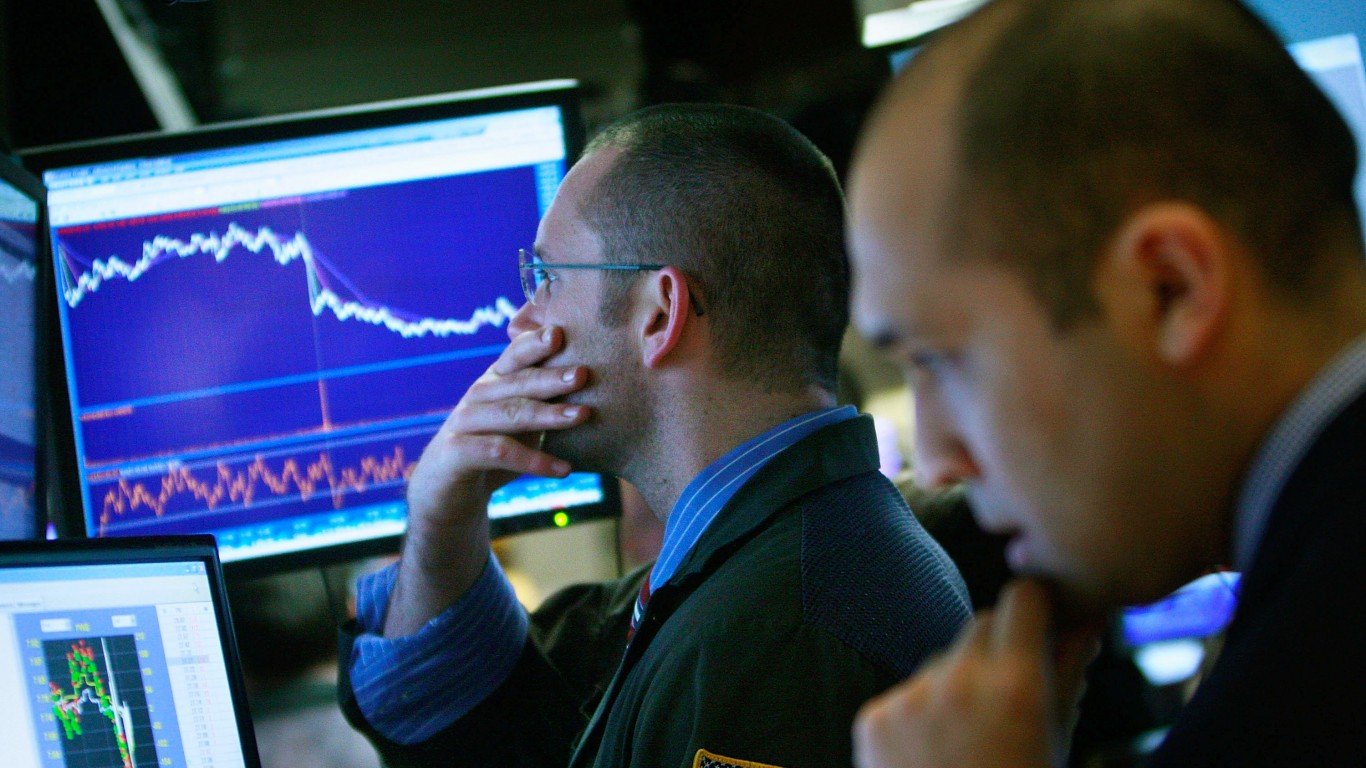

There are many ways to make money. Some require years of study, education, and training, while others might need more luck and black magic. Swing trading and day trading probably fall somewhere in the middle. If you’re just getting started in the world of trading, the mountain of information and free advice you get can feel overwhelming. It might feel like you’ll never quite get the handle of it all. This is normal. In fact, many people who trade on a regular basis feel the same way. Before you begin, however, let’s begin with some of the basics: what’s the difference between swing trading and day trading? Which one is better for you? This is all you need to know about a swing trader vs. day trader.
Background on Trading in General

There are so many tools for amateur and professional traders, many different strategies you can use, different markets to trade in, innumerable stocks to keep your eye on, and industries to research that it would be impossible to give a complete background of everything you need to know about trading, or even just day trading and swing trading in general. Instead, this will be a great way to decide which direction you should go if you’re just getting started.
First, remember that no matter how much research or experience you have, every stock purchase is, at its very best, an educated gamble. It’s a well-researched guess, but a guess nonetheless. Do not start trading unless you are prepared to lose everything you invest.
The primary difference between day trading and swing trading the how long you hold on to your stocks before you sell them on the market. Swing trading is a medium-term buying strategy, usually only over a couple of days, while day trading, as the name implies, involves buying and selling stock within the same day. You can, of course, do both day trading and swing trading without calling yourself one or the other. There are no rules preventing you from trading all kinds of stocks and commodities in different ways.
What is a Swing Trader?

All stocks experience changes in value. Even the most successful and valuable stocks in the world have had bad days in which their value dropped before picking back up. Fast changes in value are called swings. A swing trader makes it their business to try and predict and profit on these swings. Swing traders hold their stocks longer than day traders, but not as long as buy-and-hold investors.
Swing traders can profit from a swing in either direction. They can purchase stocks at the bottom of an upward swing and sell at the top (or what they predict to be the top) to maximize their gains. If a successful stock experiences a downward swing, they will sell their stock before the swing begins and purchase them back at the bottom of the swing. This is also called short selling.
The primary challenge for swing traders is knowing when to enter or exit a trade. It is impossible to accurately predict when a swing will happen, how dramatic that swing will be, or how long it will last. The good news, though, is that swing traders don’t need to be perfect in their timing. Even if you are a little slow as a swing trader, you can still make a substantial profit over time by adding the marginal gains of each small trade.
While you can’t predict when a swing will happen, statistical analysis and algorithm-based rules can help anticipate when and where a swing might happen. Some events will always cause stock prices to go up or down. Anticipating the likelihood of these events, like natural disasters, accidents, market changes, or political news, are important things all successful swing traders must stay on top of. Using tools built for swing trading, or implementing your own rules for buying and selling is essential to avoiding the emotion and subjectivity of quick trades.
Swing traders will typically focus on only a couple of industries or a sector. There is simply too much information for any one person to trade on all possible swings. By focusing on only a few industries or commodities, you will be able to get a better handle on how those stocks behave and a deeper understanding of when a swing might occur. If you can shorten the time between when a swing begins to happen and your trade, you will begin to maximize your profits.
What is a Day Trader?

The goal of day trading is to achieve the same financial success as a swing trader, but all within a single day. Trading within one day allows traders to avoid the risk of losing value while the market is closed. Day trading usually involves executing thousands of trades within seconds, or even milliseconds. Many of these trades are made over small fluctuations in stock value or the difference in value between markets.
For example, if one stock is worth $0.20 in one market and $.19 in another, a day trader would buy thousands of that stock at the cheaper price and immediately resell them at the higher price before the price can correct. Such small differences in price can add up to substantial gains over time.
Typically, day traders do not use their own money to fund these significant amounts of trades. Instead, they use margin loans. These are vast sums of money loaned to day traders to fund their purchases, with the fees paid back to the loaning body once the trade is completed. Interest fees are only charged on overnight balances, making the incentive to complete any trades before the close of the markets that much higher. In fact, many traders will sell stocks at a low price, or exit a losing position before the market close to avoid paying substantial fees and interest before the markets open again.
If you make four or more day trades in a five-day period, the U.S. Government will classify you as a pattern day trader. You will then have to comply with new laws and rules regarding your trading. One of the most important is that you are required to have at least $25,000 of equity in your account at all times.
The reason for this backup fund is that day traders are allowed to leverage margin loans larger than the money they actually have to make trades. In the United States, day traders can leverage twice the amount of their equity for trades, but some margin brokers will allow you to achieve up to four times leverage for trading as long as you close your position before the close of the market. This means, that with $25,000, you can make $100,000 in purchases as long as you reduce your leverage to 2:1 before the final bell. In some countries, day traders are allowed leverage of 30:1. If those trades turn south, or the day trader loses more value than they can exit, the equity reserve is meant to mitigate those losses for brokers.
The ability to make substantial amounts of money in just a few seconds means every moment counts to large day traders. This is why most of the largest traders are located as close to the NYSE as possible. The closer they are to the trading floor, the faster they can get information on the price and trajectory of stocks. Sometimes, it is only a fraction of a second faster than everyone else, but that is enough to beat the market and make a lot of money.
Which one should you choose?

It really comes down to your preference. If you fancy yourself an industry expert, you might have luck predicting swings and large changes that you can capitalize on to make a lot of money.
If you have a knack for analyzing long lists of stocks and recognizing patterns or opportunities for small marginal growth, then day trading might be for you.
You don’t have to be a big bank to get into day trading, either. You can start with whatever you have as long as you stay below the limiting number of trades every week. Test the waters of making a couple of trades and see if the more fast-paced trading style is a match for you and your budget.
Keep in mind that day trading is risky. Most day traders lose money. It is a business ripe with fraud and get-rich-quick schemes that fool the gullible into paying for tips and tricks that simply do not work. Be careful and do not trade with more money than you can afford to lose.
Sponsored: Want to Retire Early? Start Here
Want retirement to come a few years earlier than you’d planned? Orare you ready to retire now, but want an extra set of eyes on your finances?
Now you can speak with up to 3 financial experts in your area for FREE. By simply clicking here you can begin to match with financial professionals who can help you build your plan to retire early. And the best part? The first conversation with them is free.
Click here to match with up to 3 financial pros who would be excited to help you make financial decisions.
Thank you for reading! Have some feedback for us?
Contact the 24/7 Wall St. editorial team.



